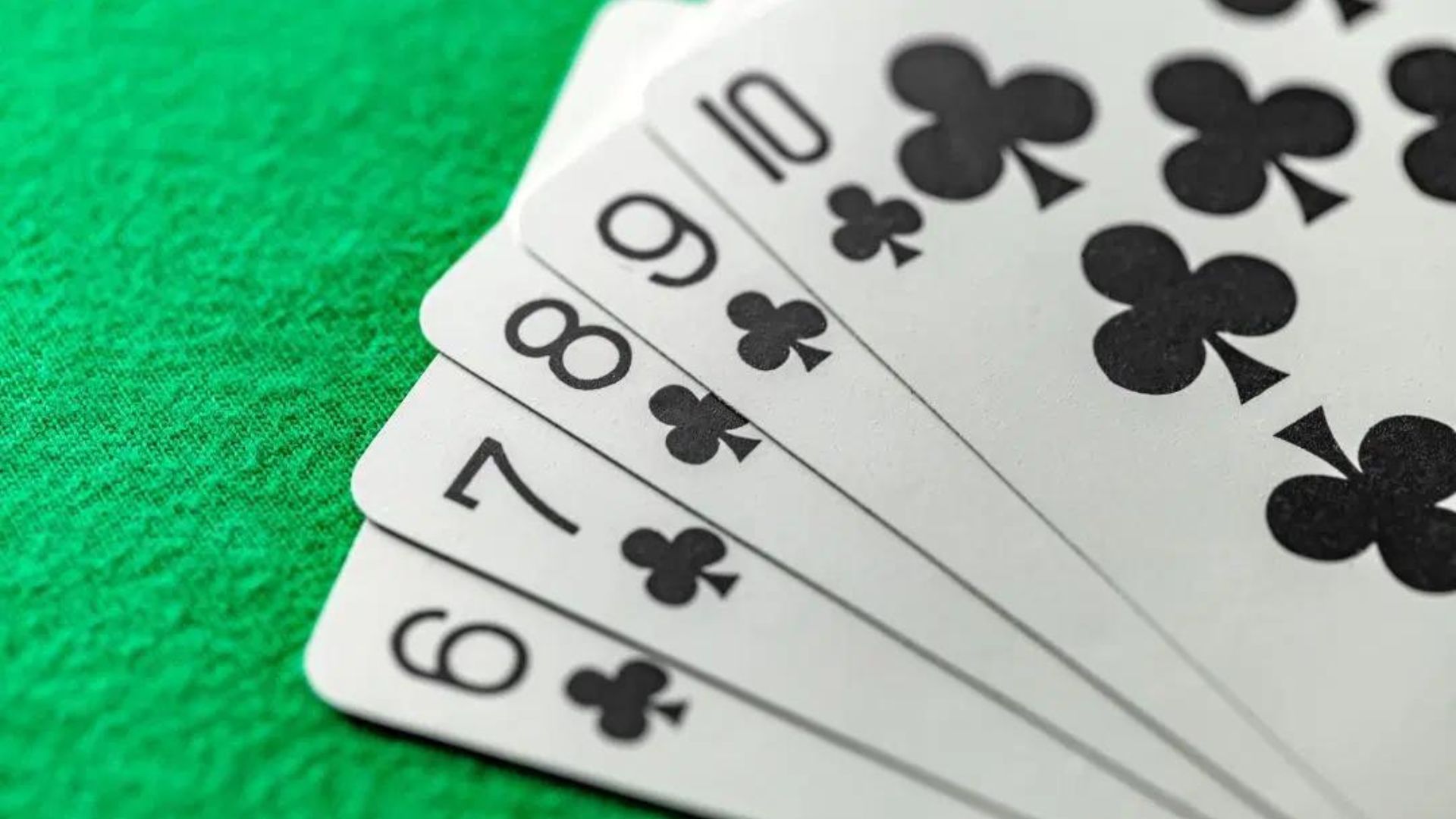Understanding the ranking of poker hands is fundamental to mastering the game. Whether you’re a novice player learning the ropes or an experienced pro honing your skills, knowing the hierarchy of poker hands is essential for making strategic decisions at the table. In this comprehensive guide, we’ll delve into the intricacies of poker card rankings, exploring each hand category in detail and providing insights to help you navigate the complexities of the game.

The Basics of Poker Hands
Before diving into specific hand rankings, it’s crucial to grasp the basic principles that govern poker hands. A standard deck of playing cards consists of 52 cards, divided into four suits: hearts, diamonds, clubs, and spades. Each suit contains 13 cards, ranging from ace to king in numerical order. In poker, the suits are of equal value, and no suit is superior to another.
High Card
The lowest-ranking hand in poker is simply a high card. If no players have a hand that matches any of the higher-ranking categories, the player with the highest-ranking card wins. If multiple players have the same high card, the next highest-ranking card(s) determines the winner. For example, if two players both have a high card of an ace, the player with the next highest-ranking card wins.
One Pair
A pair consists of two cards of the same rank, accompanied by three other cards of different ranks. If two players have a pair, the player with the highest-ranking pair wins. If both players have the same pair, the highest-ranking of the three remaining cards (known as kickers) determines the winner.
Two Pair
Two pairs consist of two sets of pairs, each with the same rank, accompanied by one other card of a different rank. If two players have two pairs, the player with the highest-ranking pair wins. If both players have the same highest pair, the second pair determines the winner. Both pairs are identical, the kicker card determines the winner.
Three-of-a-Kind
Three of a kind, also known as trips or a set, consists of three cards of the same rank, accompanied by two other cards of different ranks. If two players have three of a kind, the player with the highest-ranking set of three cards wins. If both players have the same three-of-a-kind, the highest-ranking kicker card determines the winner.
Straight
A straight consists of five cards of consecutive ranks, regardless of suit. The highest possible straight is ace, king, queen, jack, ten, while the lowest is ace, two, three, four, five. If two players have a straight, the player with the highest-ranking card at the top of the sequence wins. In the event of a tie, the pot is split.
Flush
A flush consists of five cards of the same suit, not in sequential order. If two players have a flush, the player with the highest-ranking card wins. If both players have the same highest card, the second highest, third highest, and so on, are compared until a winner is determined.
Full House
A full house consists of three cards of the same rank (three of a kind) combined with a pair of another rank. The player with the highest-ranking three-of-a-kind wins if multiple players have a full house. If multiple players have the same three-of-a-kind, the player with the highest-ranking pair wins.
Four of a Kind
Four of a kind, also known as quads, consists of four cards of the same rank, accompanied by one other card of a different rank. If multiple players have four of a kind, the player with the highest-ranking set of four cards wins. If both players have the same four-of-a-kind, the kicker card determines the winner.
Straight Flush
A straight flush consists of five consecutive cards of the same suit. The highest-ranking straight flush is the royal flush, which consists of ace, king, queen, jack, and ten of the same suit. If multiple players have a straight flush, the player with the highest-ranking card at the top of the sequence wins.
Conclusion
Mastering the ranking of poker hands is an essential skill for every player. By understanding the hierarchy of hand categories and their respective strengths, you can make more informed decisions at the poker table and increase your chances of success. Whether you’re aiming for a high card or dreaming of a royal flush, the ultimate guide to poker card rankings equips you with the knowledge you need to navigate the complexities of the game with confidence and skill.

